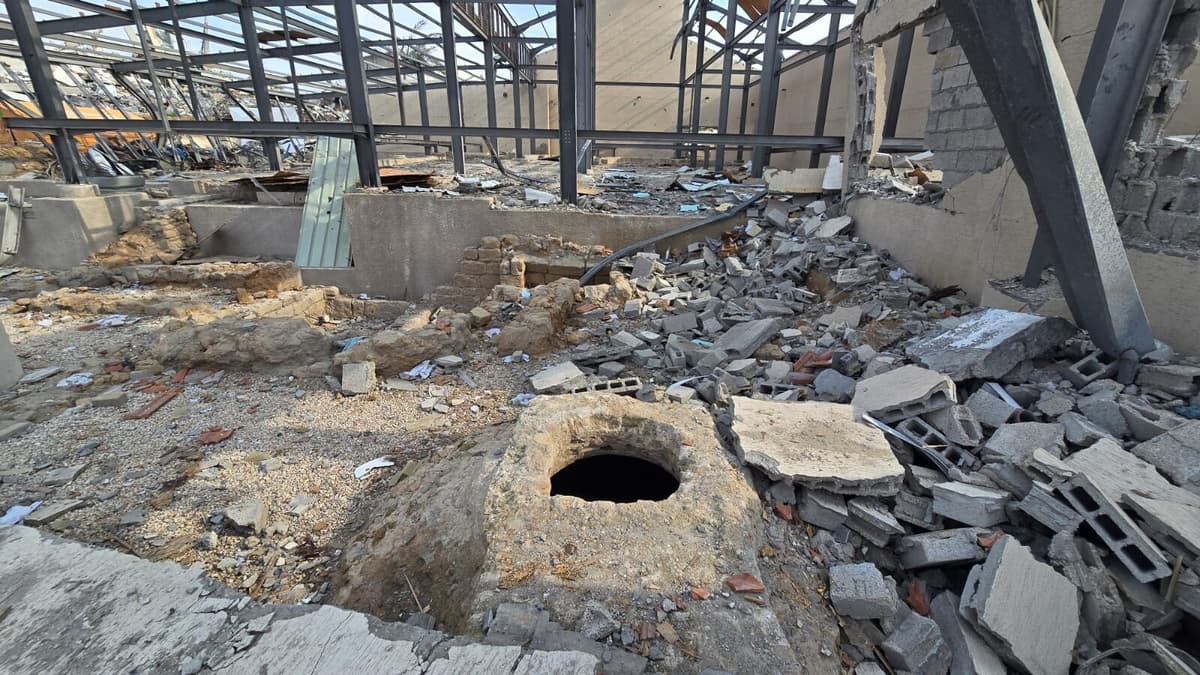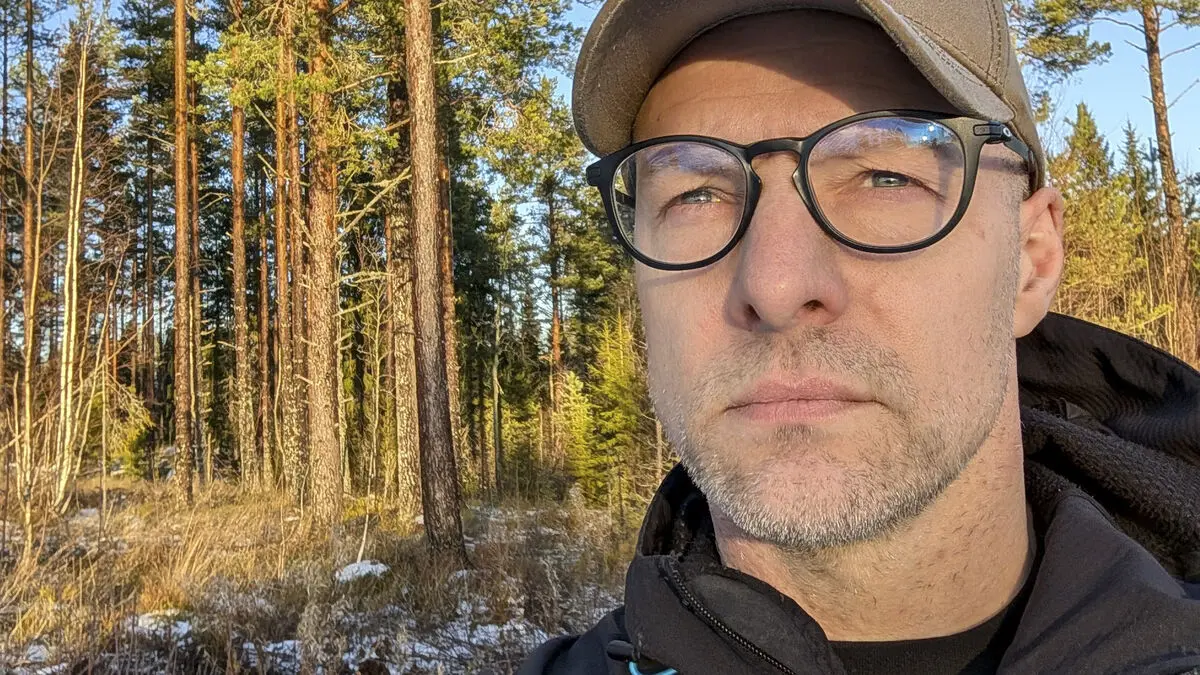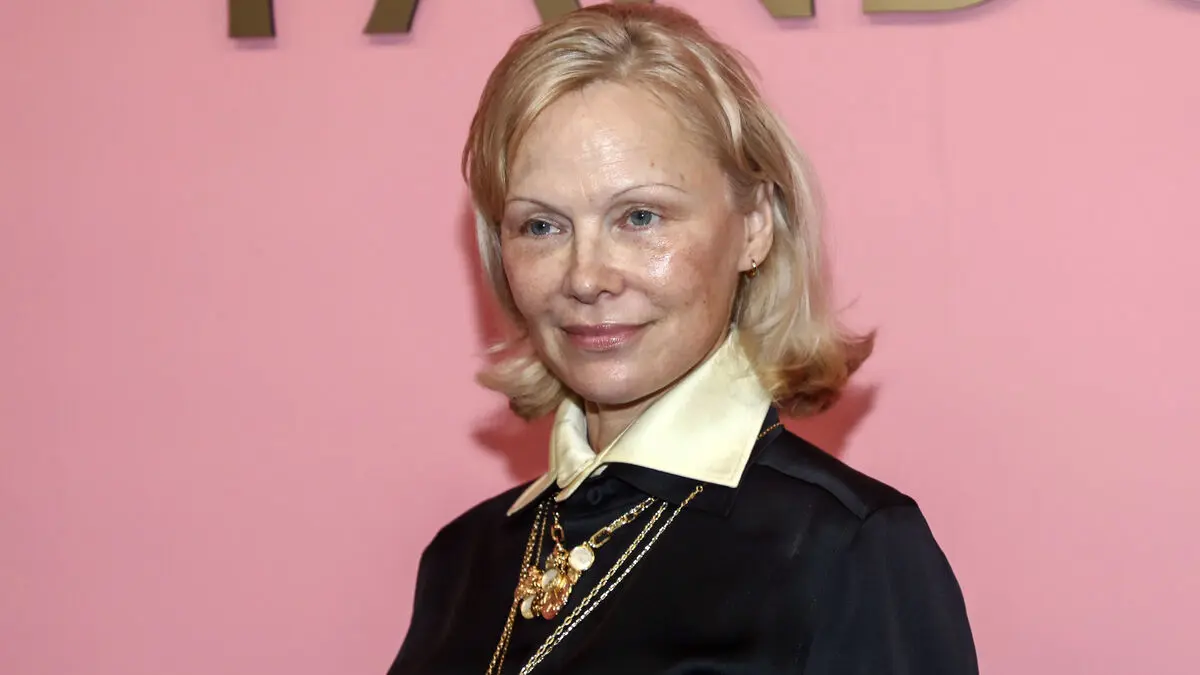You can't imagine how it looks, says Fadel Al-Utol, over the phone. The day the ceasefire between Israel and Hamas took effect, he began his journey from the area around Khan Yunis, where his family had been evacuated, back home to northern Gaza. He walked on foot with his wife on broken roads, over 19 kilometers.
During the whole time, I didn't see a single intact building. None. The entire western Gaza, all the way to the sea, is totally destroyed, says 43-year-old Fadel Al-Utol.
At 13, he became interested in archaeology when he saw French archaeologists working in Gaza. They took him under their wing, despite his young age. He educated himself in France and has since cared for the cultural heritage in Palestine.
The Key to Rebuilding
Now, most things are in ruins. The Swiss archaeologist Marc-André Haldimann, who helped build the first archaeological museum in Gaza – also destroyed – says that the extent of the destruction is difficult to grasp. Yet, he does not lose all hope.
The good news is that there is a team of archaeologists in Gaza, with support from the academic institution École biblique et archéologique française in Jerusalem. They are the key to rebuilding. And Fadel is one of the foremost among them.
When the bombs fell, there was no time to cover the excavations, so even what hasn't been bombed is full of grass, dust, and debris.
It's sad, sad, sad. Gaza is an old cultural city. The ancient archaeological sites belong to everyone. I never thought I would see them in this state, says Fadel Al-Utol.
Slowly
His own house was also bombed, and Fadel Al-Utol doesn't know if he dares or wants to take his five children back to Gaza. However, he returns to cover and care for the excavations. Many live in tents at the excavation sites – people are desperate and don't know better, explains Fadel Al-Utol.
He doesn't understand how they will get the money for the world heritage sites.
First, you might have to build up the hospitals, and in a second phase, the schools. Then the roads and electricity – after these 15 months, there are no cables left, everything is gone, everything is broken.
Yet, Fadel Al-Utol must believe that they will succeed.
You must help us preserve the world heritage. I hope the ceasefire continues and the war ends. Everything else we can take care of, slowly, slowly – step by step, like in archaeology. Layer by layer. We have time.
Gaza's oldest mosque, the Omari Mosque, built in the 7th century, lies in ruins. "It will probably be rebuilt – for it is at the core of their identity", says Marc-André Haldimann.
Gaza's ancient harbor Anthedon, from 800 BCE, has been completely destroyed.
The fortified cities in the Gaza Strip, Tell el-Ajjul, which was inhabited during the Bronze Age, and Tell-es-Sakan – the oldest and largest Egyptian colony in southern Levant – have now been bulldozed apart.
Ard-al-Moharbeen. A large 2000-year-old grave complex with Roman sarcophagi in the Gaza Strip, from 200 BCE and 200 CE. "All the graves are destroyed. It's full of ceramics and shards on the ground", says Fadel Al-Utol.
The archaeological museum in Gaza, the first of its kind, was completely destroyed by the Israeli military. The Jawdat N Khoudary Museum, which opened in 2008, contained thousands of objects from different periods of Gaza's history.
The St. Hilarion Monastery from the 4th century in Tell Umm Amer is in poor condition. It has, according to Fadel Al-Utol, not been bombed directly but has been hit by other houses that were bombed: "Now it's almost 16 months since we haven't been able to work, so it's full of grass and debris, and you have to strengthen the entrances. I will resume the clearance there", he says.





